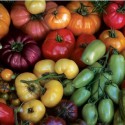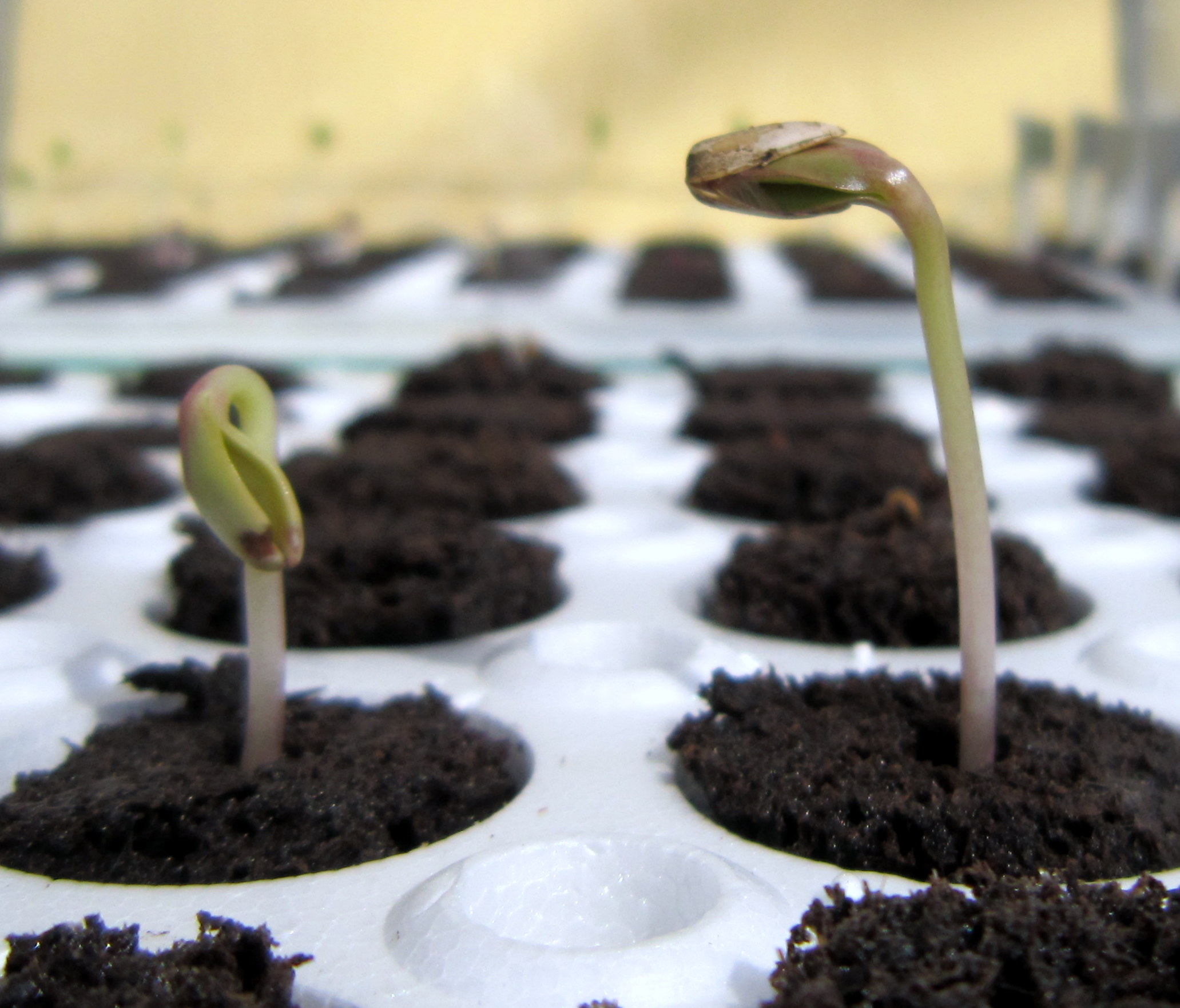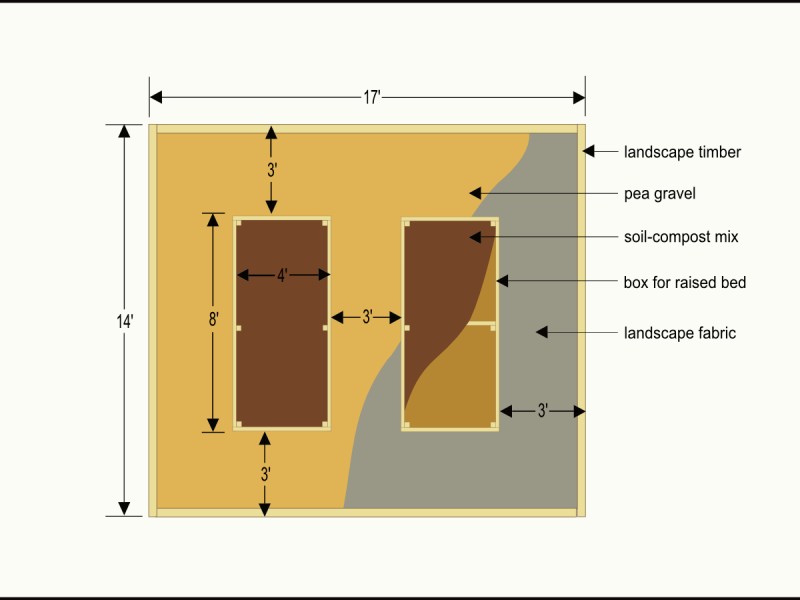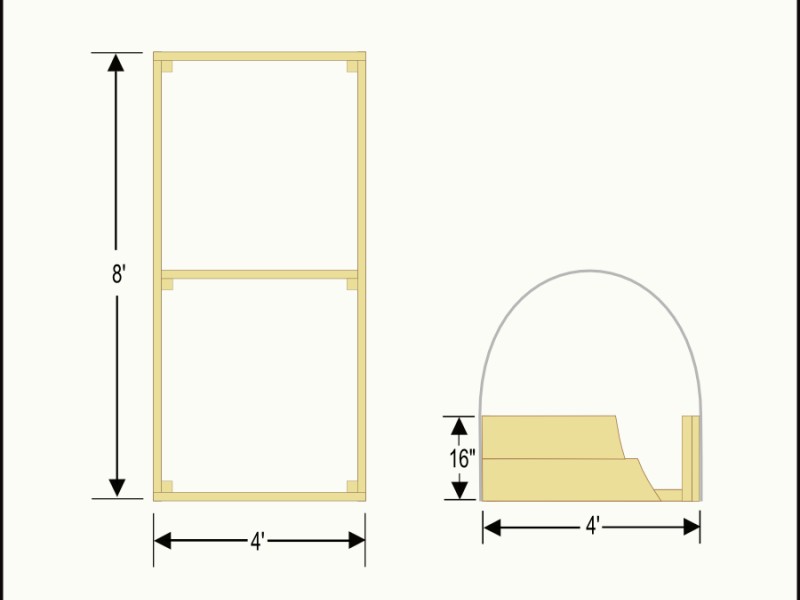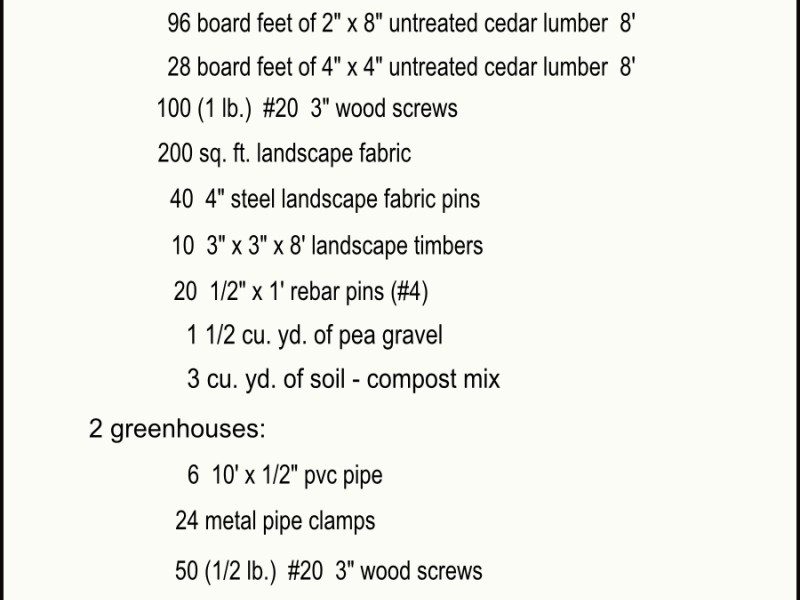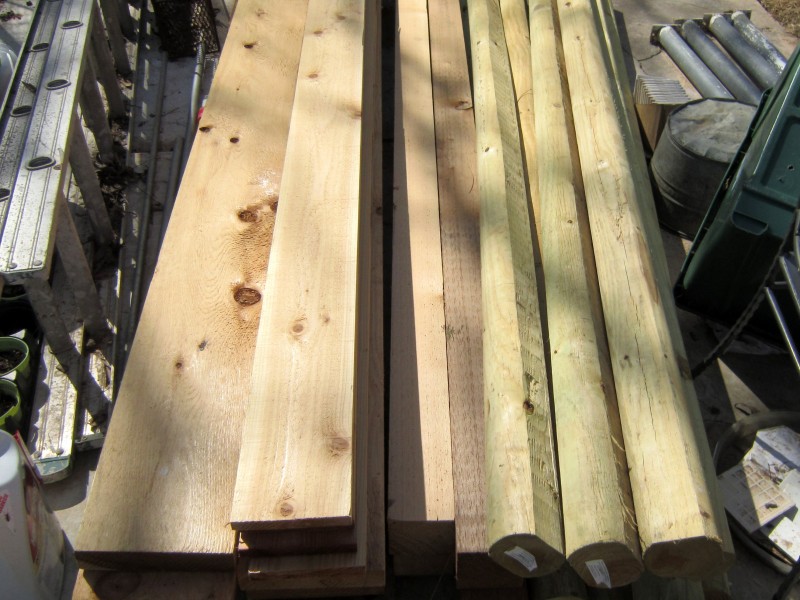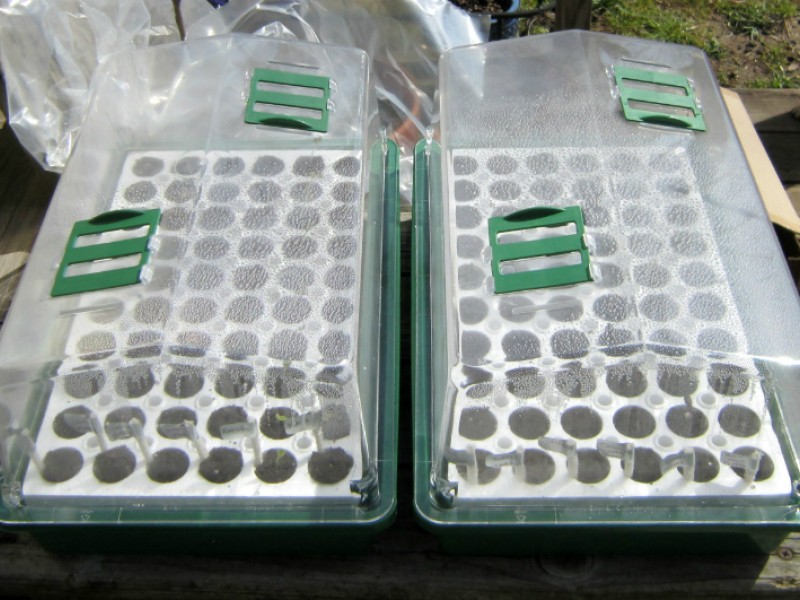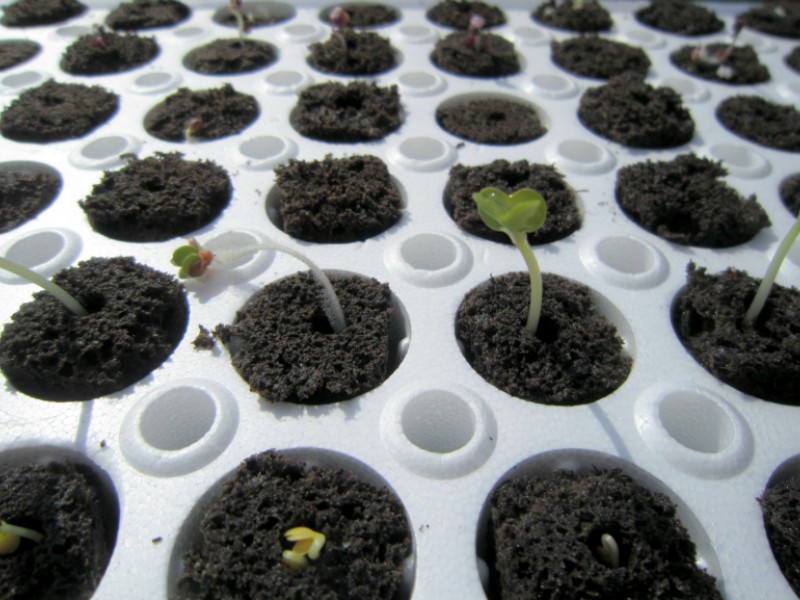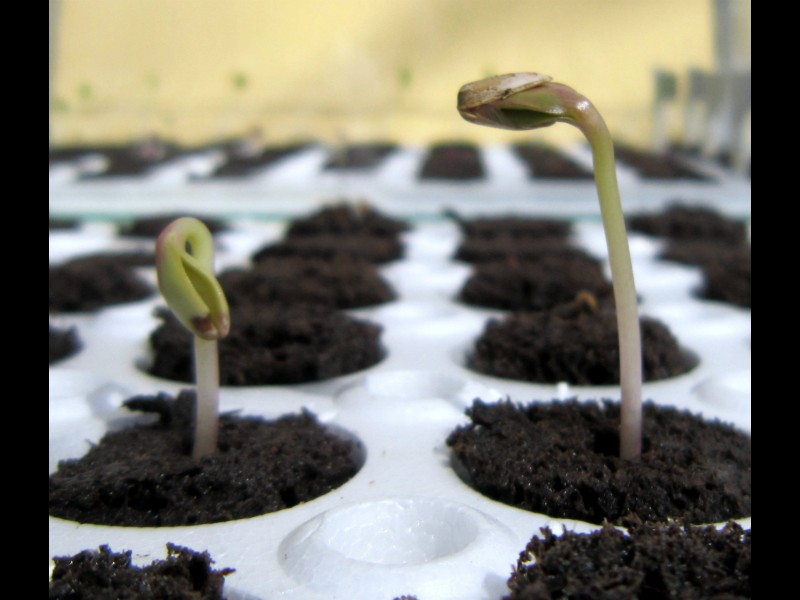So Many Tomatoes
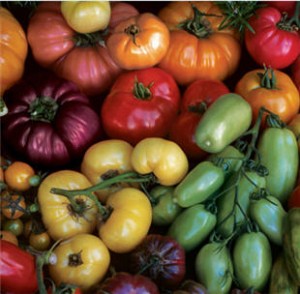
There are Hundreds of Varieties of Heirloom and Hybrid Tomatoes
The tomato is an American plant, native to the Andes. That’s right. Can you imagine Italian food with no tomatoes? No tomato sauce? No pizza with red sauce? Or can you imagine Indian or American food without tomato chutney (ketchup)? Even the word “tomato” comes from the Aztec word “tomatotl.” Commonly considered a vegetable, it is botanically a fruit. It is eaten both raw and cooked. Containing lycopene, it has strong anti-oxidant properties and is consumed today throughout the world. In its natural environment, it is a vine, but is commonly grown in gardens upright with cages and vertically by training it on string. The largest producer of tomatoes is currently China, followed by India and the United States. In the US, the tomato is grown in every state, but the largest commercial crops come from the sun-belt states such as Florida and California. In the tomato’s natural habitat of Central and South America, it grows as a perennial. In other regions of the world, it is grown as an annual.
The first tomato plants that were taken back from the New World to Europe were small and yellow. Part of the deadly nightshade family, the tomato was thought to be poisonous. It was grown as an ornamental plant in gardens and flower beds. By the mid-16th century, it was being written about in Spain and Italy as a new kind of eggplant that could be cooked and eaten much the same way. By the early 18th century, it was being used as food throughout Europe and Great Britain, in the Middle East, and in Asia. The first known cultivation of the tomato in North America was in 1710 in South Carolina where it is believed to have been introduced from the Caribbean. It was still, however, grown as an ornamental plant. By the 1780s, Thomas Jefferson was cultivating tomatoes as edibles at Mount Vernon.
The tomato was not generally accepted as a commercial food crop in the US until Alexander W. Livingston developed some uniform, smooth, red varieties in the 1870s. It is, in fact, the tomato’s adaptability that has made it so popular and has resulted in so many varieties. These range from very old “heirloom” Italian ones to more recent ones developed in the US. Heirloom varieties are those developed by selection of plants and seeds with a particular taste, shape, maintenance, yield, and size. Hybrids are those that are developed by intentionally cross-pollinating two plants. Today, commercial varieties are the result of creating plants that produce a fruit that will ripen to a uniform red. They contain less sugar and have a blander taste than heirloom varieties. If you want hardier uniform tomatoes, grown hybrids acquired from local nurseries. If you want tastier tomatoes with odd appearances that can be grown from seeds, choose heirlooms.

Regular Leaf RL Purple Cherokee Tomato
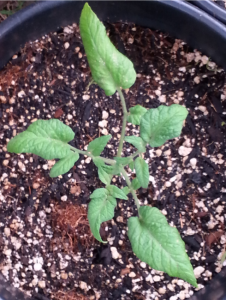
Potato Leaf PL Pink Brandywine Tomato
While there are many varieties of tomatoes, there are two basic types of tomato leaves: regular leaf and potato leaf. We have both examples in our containers. The regular leaf (sometime abbreviates as RL) can be seen on the Cherokee Purple heirloom tomatoes. The edges of the leaves are serrated and irregular. The potato leaf (PL) can be seen on the Pink Brandywine heirloom tomatoes. The leaf edge is relatively straight with few notches. The PL leaves are usually darker in color and are a little heavier than PL leaves. Some think that the heftier leaves of the PL varieties make them more disease resistant.
There are other differences in tomatoes, such as size (cherry or beefsteak) and fruiting trait, such as determinate and indeterminate. The determinate tomatoes produce fruit at the end of the vine all at once then decline. The indeterminate tomatoes produce fruit all along the vine and throughout the growing season. For the urban or home gardener who wishes to can a lot of tomatoes or make sauces, you may want to choose a determinate tomato, but if you want to enjoy flavorful tomatoes throughout the summer and early fall, you may want to choose an heirloom indeterminate tomato.
For a list of some tomato cultivars, see http://en.wikipedia.org/wiki/List_of_tomato_cultivars.
For sources of organic heirloom tomato seeds, see:
http://www.seedsavers.org/onlinestore/tomato_3/
http://www.rareseeds.com/store/vegetables/tomatoes/

